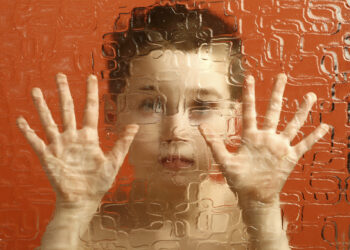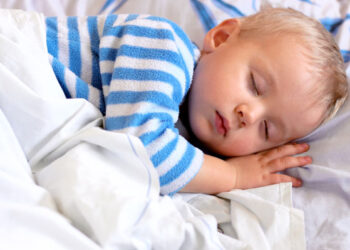Jaundice in the newborn baby
Jaundice is a yellow discolouration of the skin and eyes that is commonly seen in the newborn infant. The vast majority of jaundice is mild, self-limiting and due to factors associated with breast milk. There are however situations where the jaundice reaches levels that may cause your baby harm. If this happens treatment is required to reduce the jaundice to a safe level.
Jaundice comes from the breakdown of red blood cells in the newborn. This results in the production of bilirubin, which causes the yellow pigmentation. It is more common during this period because newborns have more red blood cells compared with older children and they breakdown more easily. In addition, the body is unable to clear the jaundice as efficiently as older children. This type of jaundice needs to be monitored closely because if it reaches high levels it can cause damage to the brain and central nervous system, a condition known as kernicterus.
Breast milk jaundice (the commonest type of jaundice seen in the newborn) usually occurs between 3 – 5 days after birth, peaks within 2 weeks of birth and then gradually decreases over several weeks disappearing by 3 months of age.
When a baby develops significant jaundice your midwife or health visitor may refer you to a paediatrician to have your baby checked out.
Jaundice that develops within the first 24 hours of life is very important to investigate as there may be an underlying cause:
- Infection – this is very important to rule out in the newborn
- Blood group incompatibility
- Red blood cell membrane defects
- Enzyme defects
The midwife or paediatric doctor will take a small amount of blood from your baby to check the jaundice levels (this is sometimes called the SBR which stands for serum bilirubin) and will include other tests if they think they are indicated. This will help to treat any underlying problems.
If the jaundice is above a threshold (there are national standards for what those levels are) then treatment with phototherapy is started.
This is a blue light therapy that converts the jaundice into a harmless form and allows it to be excreted from the body (see picture above). In exceptional cases where the jaundice is at a very dangerous level, the paediatric team will perform a procedure called an exchange transfusion. This however is rarely done now because of the effectiveness of phototherapy. Phototherapy can either be delivered from above using an overhead lamp, from below using a “bili-blanket” or from both sides (this is known as double phototherapy). Your baby will be given a special fitting to protect the eyes from the light.
The Jaundice levels are usually checked 6-8 hours after commencing phototherapy and once they are below a predetermined threshold, the phototherapy is stopped. The Jaundice is then usually rechecked about 12 hours after stopping treatment to ensure that it remains at a safe level.




